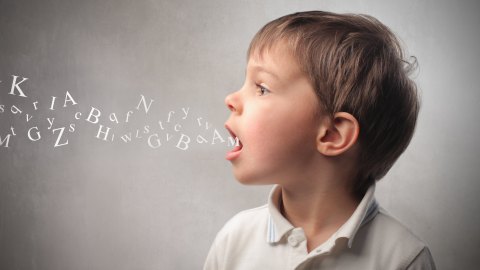Exposure to Multiple Languages Aids Communication More than Bilingualism

Exposure to another language is a gateway into another culture. How sentences are composed and how certain sounds are emphasized can tell you a story about how their language evolved. Even the way people phrase things, for instance: Where in America we may say, “The night is still young,” in Argentina they say, “The night is still in diapers.” Past research has found that another language under your belt allows you to gain another perspective. Katherine Kinzler has added to this body of research, touting the benefits it could have for building children’s social communication skills.
She explained in a press release:
“Children in multilingual environments have extensive social practice in monitoring who speaks what to whom, and observing the social patterns and allegiances that are formed based on language usage. These early socio-linguistic experiences could hone children’s skills at taking other people’s perspectives and provide them tools for effective communication.”
The study consisted of 72 children from ages four to six years old — all with different language backgrounds. There were monolinguals, who only heard and spoke English, with little to no exposure to another language; exposures, who heard and spoke English, but had some regular exposure to someone who spoke another language; and bilinguals, who were able to speak and understand two languages. There were 24 children within each of the three groups.
Every child participated in a communication game where objects were moved across a grid that separated the adult and the child participant playing. However, on the adult side of the grid, some squares were blocked. To illustrate this point to the child, the child got the chance to play on the adult’s side.
Then came the true test. After swapping to their original perspectives, the adult would ask something like, “I see a small car; could you move the small car?” However, from the adult’s perspective, she could only see two cars — the medium and large car — but the child could see three: a small, medium, and large car. The child would have to understand that the smallest car was blocked from the adult’s view and meant that she wanted the child to move the medium car.
The researchers found that the monolingual children had a 50 percent chance of understanding the adult’s meaning and moving the correct car. However, exposure children had a 76 percent chance of selecting the correct object, while bilingual children only fared 1 percent better.
It’s an interesting idea that language can unlock this kind of cognitive understanding in children, an asset that will help them build relationships later on in life. However, some schools are considering computer coding as a comparable replacement to language. It would be interesting to learn whether or not a computer language can offer the same benefits.
Read more at Science Daily.
As someone who grew up in Rome, went to school in France, and then moved to America, poet Jorie Graham has gotten to learn some of the most romanticized languages. She talks about how, out of all of them, she has the most love for the English language.
Photo Credit: Shutterstock





